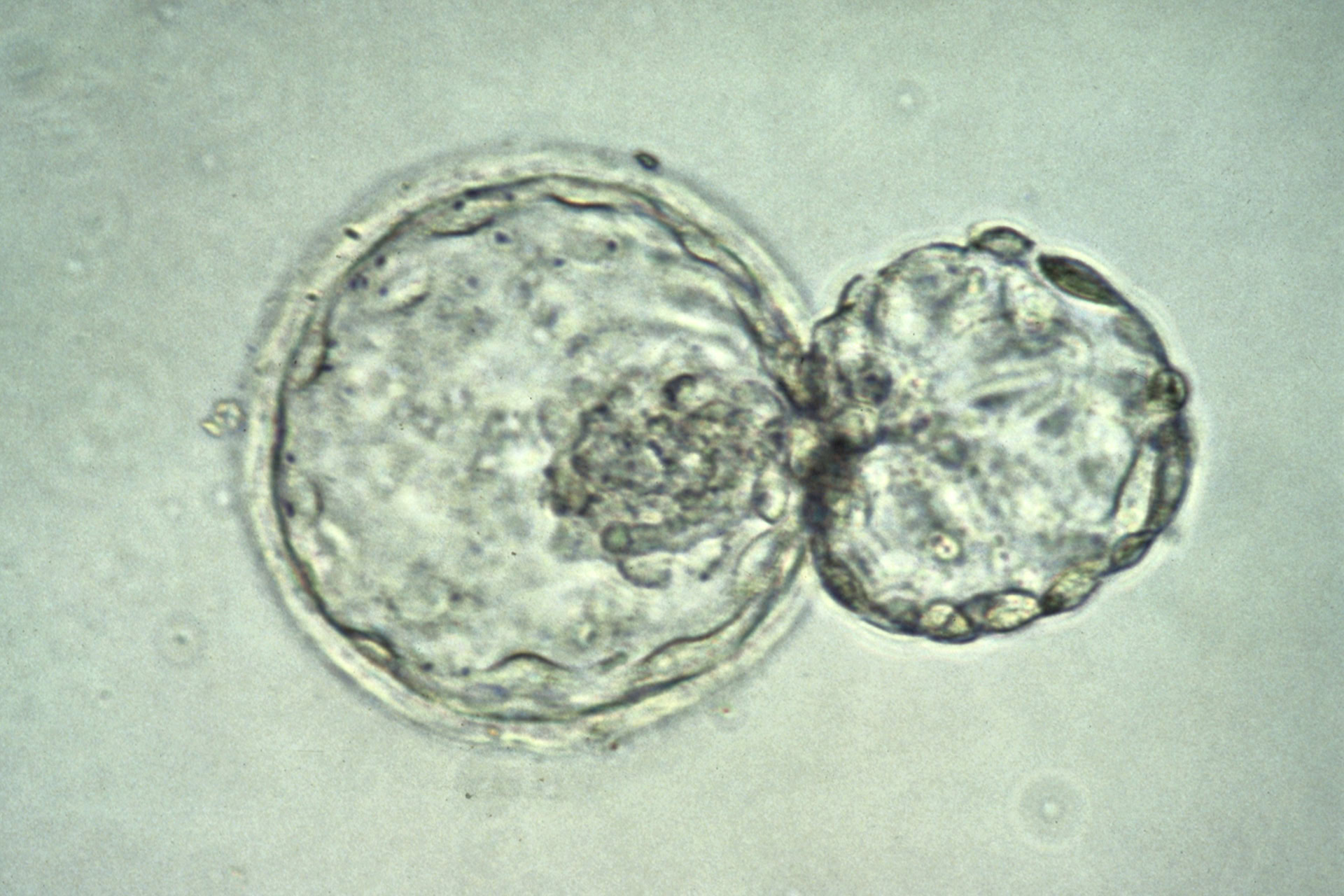Scientists have identified a new type of stem cell that shows distinct advantages over those discovered to date, and which could potentially be used to grow human organs in animals such as pigs or cows.
These so-called region-selective pluripotent stem cells (rsPSCs) were discovered by stem cell pioneer Professor Juan Carlos Izpisua Belmonte and his team at the Salk Institute for Biological Studies in La Jolla, California. Two other kinds of pluripotent stem cells - which have the capacity to grow into any type of cell in the body — have already been identified. But it has been difficult to get them to mature into specific cell types and it has been hard to grow them in large numbers.
The researchers found that these rsPSCs grow more quickly and easily in the lab. And, when grafted in the right spot in a developing mouse embryo, they begin to grow and develop into multiple types of cell. 'The region-specific cells we found could provide tremendous advantages in the laboratory to study development, evolution and disease, and may offer avenues for generating novel therapies,' said Professor Belmonte, who reported his team's discovery in Nature.
Professor Belmonte and his team used a unique brew of chemicals - growth factors and signalling inhibitors - to stimulate the growth of these unique stem cells. They then injected them into different parts of a developing mouse embryo. Only those cells that were grafted onto the embryo's tail began to grow and develop. Remarkably, they appeared to grow in three distinct layers, which resembled the three major cell layers that are seen early human embryo development - the ectoderm, mesoderm and endoderm. All tissues and organs in the body grow from these three layers. Because they seemed to prefer just one part of the embryo, the researchers dubbed them 'region specific'.
The rsPCSs have another property that could also prove useful in developing future therapies - their genomes are easy to alter using gene-editing techniques, which has been hard to achieve with other types of pluripotent stem cells. They also appear to be very stable.
Dr Paul Tesar, a developmental biologist at Case Western Reserve University in Cleveland, Ohio, told Nature News that that the concept of using human pluripotent cells, such as rsPSCs, to create animals with human organs is not unrealistic, but will be very difficult. For instance, an animal's developing immune system might not recognise the human organ as part of the animal and could reject it. The signalling molecules that drive organ formation may differ between animals and humans, and a human organ might develop at a different rate from an animal one.
Professor Belmonte acknowledged that the challenges facing any future therapy using rsPSCs go beyond the purely scientific. 'Of course, the ethical implications behind creating a human-animal chimera for the purpose of obtaining human tissues and organs to save lives of millions needs to be carefully evaluated,' he told The Scientist.







Leave a Reply
You must be logged in to post a comment.